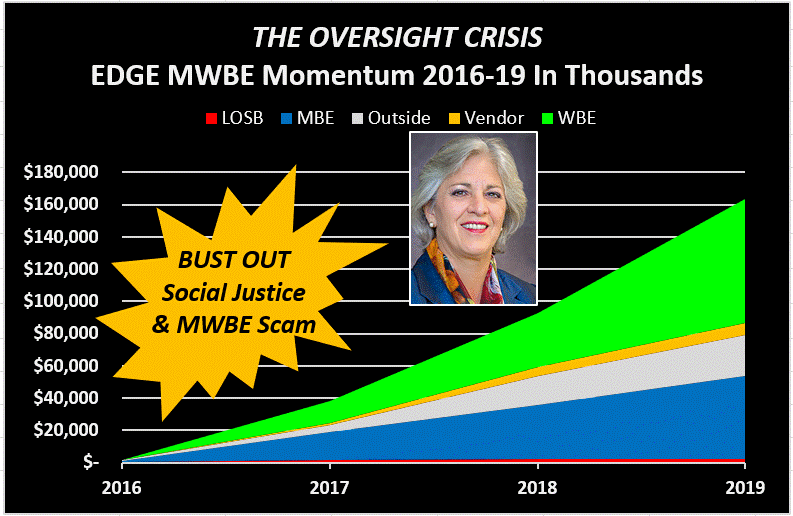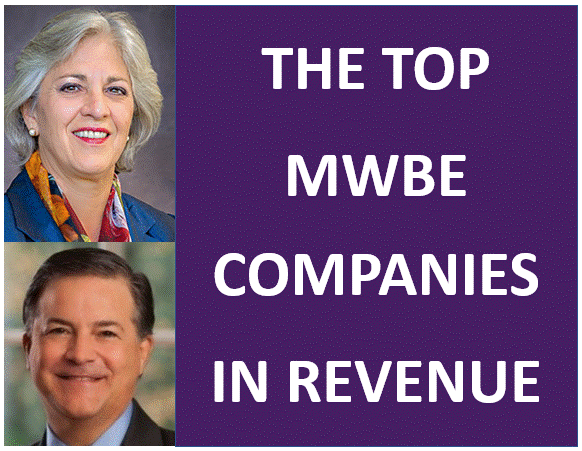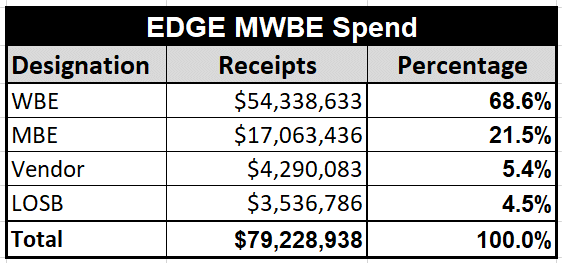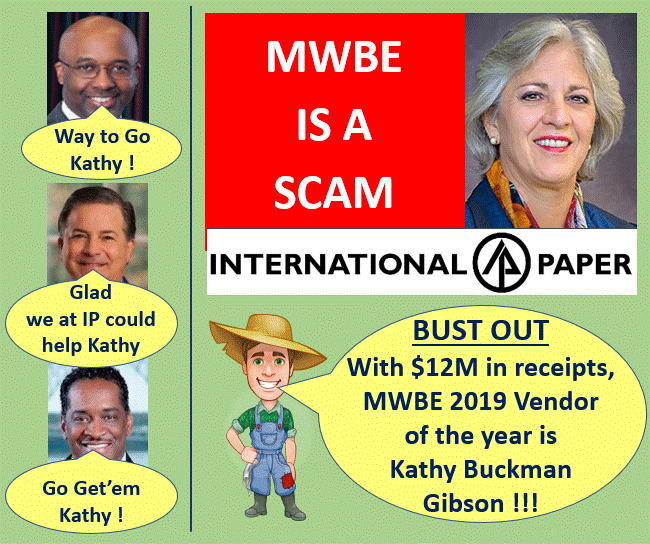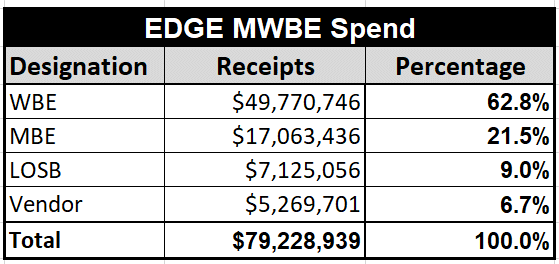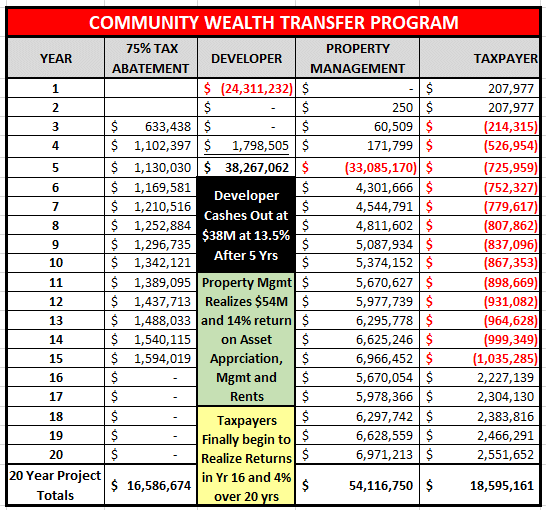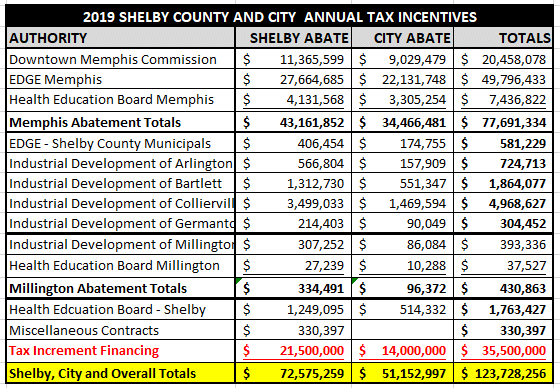The National Civil Rights Museum (NCRM) is a world class tourist attraction. I know. I have been 4 times and taken visitors from NYC who frequent museums that were blown away by the high quality NCRM production.
At the same time, the NCRM is not a local social justice activist organization. Over the weekend, Terri Freeman wrote in the Daily Memphian about the possibility of a new national initiative for the impoverished. But sadly, in it’s hometown, the NCRM lacks a local agenda to combat poverty. They stay out of the fray on such local questions. And if the NCRM decided to enter the local debate as a social justice organization, they would find themselves taking on their very own NCRM Board and Memphis Tomorrow founder, Pitt Hyde.
Memphis Tomorrow is a corporate CEO organization that is down in every category over 20 years while their initiatives use your Federal, State and Local tax dollars for community betterment. The fact is that in a majority black community in need, true social justice starts with taxpayer justice. And unfortunately, in Memphis, so called “social justice” and marketing initiatives hog the news cycle where taxpayer advocacy should otherwise reside. Social justice marketing and initiatives, in many ways, are locally mistaken for taxpayer justice. If Memphis is to move forward, in a majority black community in need, social justice starts with taxpayer justice.
If one just scans the NCRM Board of Directors one will see a plethora of companies that benefit from excessive corporate/real estate incentives on the back of majority black community in need. Or one will find organizations that don’t need the help, that have benefitted from MWBE programming. This local economic development and social justice programming is largely birthed out of the archaic and highly deficient Memphis Tomorrow organization while being accommodated by a lack of local legislative oversight.
The overarching problem in Memphis is not racism but runaway elitism. Unchecked runaway elitism is carried out by a vast and racially diverse Memphis Tomorrow public-private complex where fundamental social justice in the form of taxpayer justice does not exist in a majority black community in need.
To gain a better understanding of social justice marketing, we will pose some questions to our moderators Farmer Joe and Church Lady.
When Nike discontinues the sale of the Betsy Ross sneaker, is that social justice?
No sir. That is marketing. Nike, a so called “social justice” company, annually transfers an excessive $4.5M in corporate incentives from one of the most impoverished areas of the country in Memphis back to one of the least impoverished areas in Portland, OR. And to make matters worse, Nike has neglected to regularly report MWBE spend to EDGE, which at this late juncture, anything that they might now report, would likely be highly questionable.
Is MWBE programming social justice?
Well, isn’t that special. MWBE programming in Memphis is a marketing tactic to justify excessive corporate/real estate incentives for the benefit of the small few. Further, upon investigation, the primary beneficiaries of MWBE programming are long standing, well established and in many cases affluent local entities. Some of these companies do not even reside in Shelby County.
Are Pitt Hyde and Fred Smith community visionaries ?
No Sir. Pitt Hyde and Fred Smith are elitist corporate socialists. Their influence and power has resulted in a rigged system that serves the small few, accommodated by a lack of local governmental oversight and stone age measurement tools that have resulted in community ecosystem decline.
Conclusion
Before there is social justice, there must be taxpayer justice to serve a majority black Memphis community in need.



